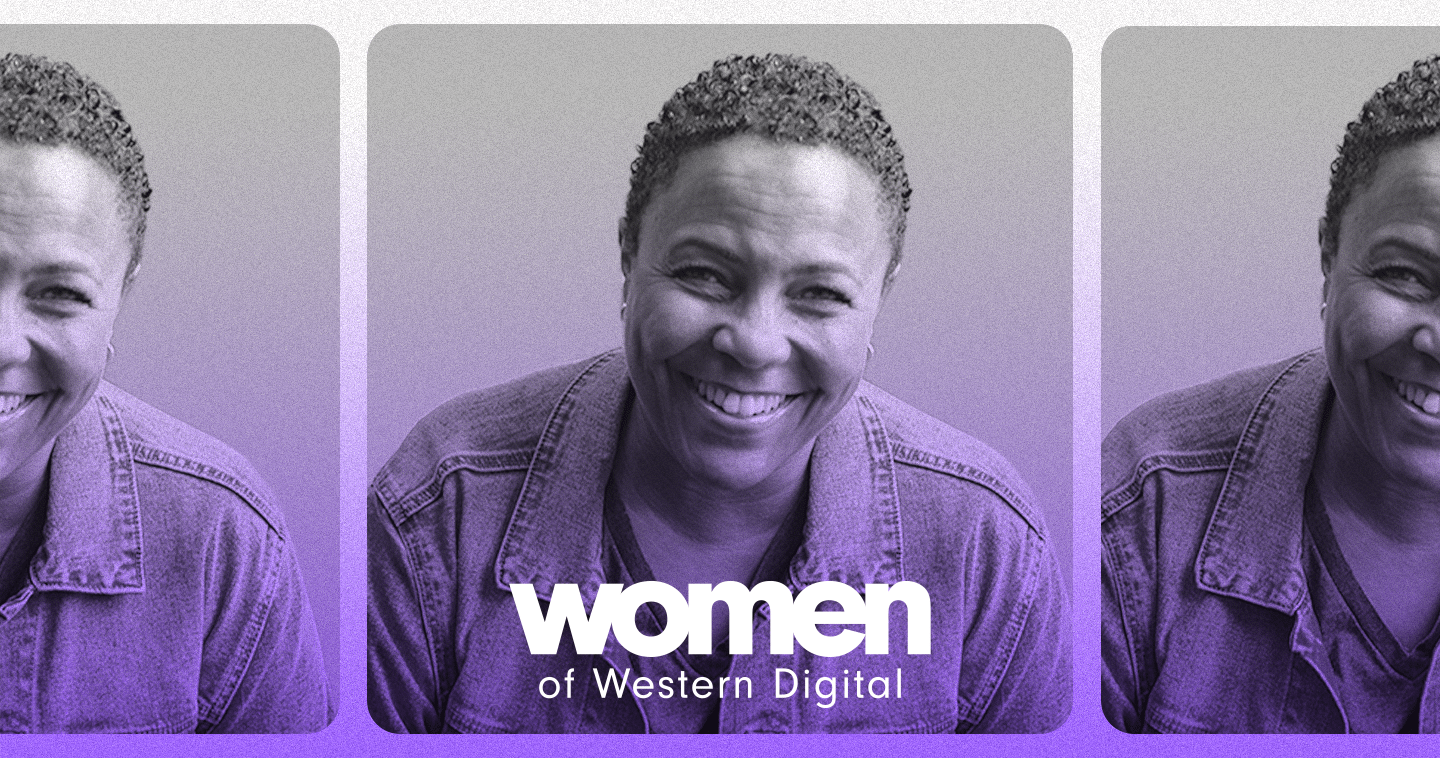Matias Bjørling is an engineer by day and an amateur woodworker by night. He likes to build furniture and other wood crafts, but he knows the first cut does not always yield the optimal result. Sometimes a good idea can become even better with the right tools, people, and approach.
This was the case on his journey to the industry-standard Zoned Namespaces (ZNS), the SSD component of the next-level, at-scale Zoned Storage initiative.
Bjørling was only 28 years old when he developed the initial Open-Channel SSD architecture, which was the predecessor to ZNS SSDs. He understood that the decades-old block interface used by both HDDs and SSDs, while efficient for HDDs and their spinning media, was much less efficient with SSDs media. An SSD had to translate the random writes into sequential writes onto its media to provide the same flexibility, which had a major impact on its throughput, latency, and lifetime. The new architecture eliminated these deficits and released its full performance.
The Open-Channel SSD architecture quickly gained traction and gained support from several industry heavy hitters. However, at its peak, the work was increasingly hindered by it not being standardized. Therefore, he had to decide to keep going with the original architecture or develop a new standardized architecture built on the initial learnings. Consequently, he changed course to standardize ZNS together with industry leaders including hyperscalers, flash array vendors, and SSD vendors.
How many people are brave and wise enough to turn away from a “good enough” solution (with buy-in) and start all over to make it even better? The best engineers do. And sometimes when that happens, they can change an entire industry.
The birth of ZNS
Bjørling was always interested in making systems fast and scalable. He was fascinated by SSDs. He knew they were fast, but he wanted to know what made them tick. And so he tinkered. While at grad school, he built an open-source software platform to experiment with the various trade-offs in an SSD in real-time.
“I felt it was natural to split the platform into two layers: the SSD controller and media on the lower part, and the software that interacts with the hardware on the top. A conventional SSD combines these two layers, but since I wanted to focus on the block layer, it made sense to split them. It was this realization that ignited the idea of ZNS.”
As the software implementation matured, it was clear that one could use it together with hardware, but he also knew it was a significant investment. Fortunately, he heard about a startup called CNEX Labs, which built an SSD controller precisely like that. As a result, the startup hired him to create a team to build the software stack, combine it with their SSD controller, and finally evangelize and market this new storage architecture.
Reality check
Open-Channel’s early success became its downfall. Organizations readily adopted it, but because it was not standardized, each adopted it in their own way.
“Open-Channel SSD was a great solution for multi-tenancy environments and integrated with a lot of applications, but there was no path to standardization,” said Bjørling. “ So, after all this hard work creating it, I knew I had to change course to make it better.”
He couldn’t do it alone. Pushing something as big as a new SSD interface required the backing of a well-established company. While he had several offers, he joined Western Digital because the company had the ability to create a standard and make it broadly available. (They had already standardized a similar interface for host-managed SMR HDDs). Once on board at Western Digital, things moved quickly to create what is now ZNS.
Making it happen for ZNS
“Networking at conferences has been critical to the journey of ZNS,” said Bjørling. “The relationships you build are integral—to your career and to evangelizing bold ideas.”
And it doesn’t happen overnight.
“Early on at those conferences, people would yell at me during Q&A, saying this interface would never happen at scale,” Bjørling recalls. “At that point in time, many companies saw this as taking value out of their billion-dollar businesses. It would have been easy to take the critique to heart and stop the efforts. But, if you believe in your idea, you have to ignore some of the criticism and keep grinding away.”
It can also be a challenge to gain internal alignment on what a product should be. “Sometimes you have to make small bets on what the customer will need tomorrow in addition to today,” he continued. “And once you’re driving toward an industry standard, you need 15 other companies to agree it’s a good idea.”
“It’s a lot about collaborating with people and making sure you’re on the same page,” Bjørling explained. “That’s good and bad. You may move slower and not get things exactly as you’d planned. Sometimes you can lose a battle, but you end up with a stronger product in the end.”
It also helps to get an early adopter on board as soon as possible. A very large hyperscaler said “Yes! This makes sense!” and set ZNS on a path very quickly. Once that happened, many came to see the benefits, and that ZNS added value for all parties. It’s a lot like building a start-up.
Big ideas off the clock
When he’s not with his family, evangelizing ZNS or woodworking, Bjørling is an avid reader. A favorite is “The Black Swan: The Impact of the Highly Improbable” by Nassim Nicholas Taleb. One of its main ideas is it’s good to have diversity so you can be resilient and navigate different ways of doing things.
“I’ve seen this in the workplace as well,” reflects Bjørling. “It’s okay to have different groups working on the same idea in parallel because one might have the next big innovation, and everyone gets better from it.”
ZNS has been one of those innovations



